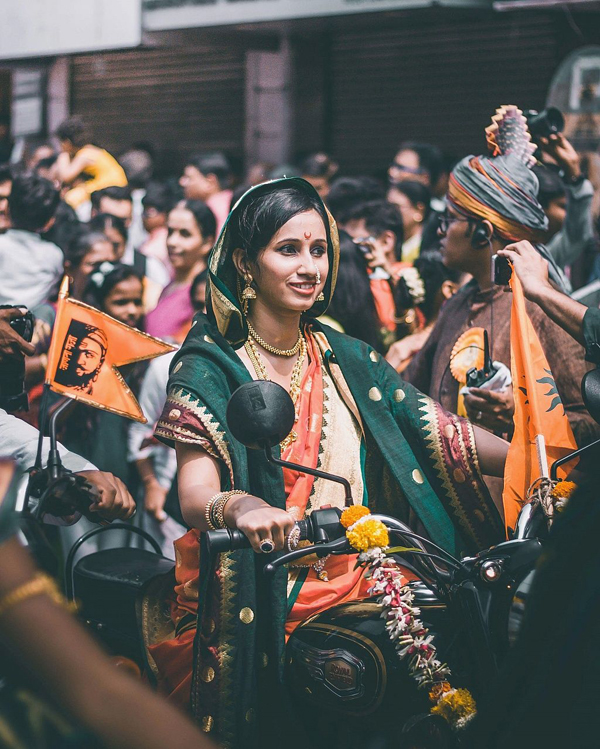
Gujarat is one of the forgotten corners of the Indian subcontinent. But for connoisseurs of Indian travel, Gujarat is a destination in its own right, full of treasures and surprises. Nomadic tribes continue to ply the routes they’ve used for centuries. Ancient temples and mosques reflect a long history of religious diversity. And the national parks protect some of India’s most remarkable wildlife. Gir National Park is the last wild refuge of the Asiatic lion, a species which once ranged throughout India and across Greece. The architecture of Diu Town is more reminiscent of Lisbon than India; Portugal ruled the island from the 16th century until 1961. Ahmedabad, the fastest-growing city in India, dominates modern Gujarat. From the surreal to the sublime, three miles north of downtown Ahmedabad, beside the Sabarmati River, is the ashram from which Mahatma Gandhi led the nonviolent resistance movement against British rule in India. The Little Rann of Kutch, a saline mudflat that extends over an area of 2,000 square miles. Shimmering, open scrubland extends to the flat horizon in all directions. Whether in the wilderness, the cities, the contemporary suburbs or the ancient backstreets, this diverse state consistently awakens the curiosity of the intrepid traveller.
Mumbai is a fascinating city, a compact mix of the traditional and the modern. Sample the vivid impressions of Mumbai, whether it’s the glitz and glamour of ‘Bollywood’, the spectacular array of Victorian buildings of the British Raj, the seaside rendezvous on the Juhu Beach, or the maze of alleyways and atmospheric streets of Mumbai. Ellora Caves are one of the most interesting examples of cave architecture and technology in the world. The Kailash Temple here is one of the most spectacular and audacious architectural constructions ever made. This whole masterpiece, hand-made by skilful workers, implied the removal of 200 000 tons of rock, took several hundred years to create and is twice the size of the Parthenon. Ajanta Caves are a series of 29 Buddhist cave temples, some of which date from the 2nd century BC. Encompassing Buddhist traditions, the Ajanta caves preserve some of the best masterpieces of Buddhist art in India.
Swaying palms, white sands and sparkling waters: the three essential elements that attract two million visitors annually to Goa’s balmy shores are plentiful in this tiny, glorious slice of India hugging the country’s western coastline and bounded by the Arabian Sea. A solitary Portuguese outpost in India for almost 500 years, the influence of colonial rule can still be seen everywhere: in the exquisite, crumbling architecture; in the East-meets- West cuisine which combines coconut milk, palm vinegar and chilies with the refined flavour of Lisbon; in the melancholy strains of “fado” that still waft occasionally on the bougainvillea-scented breeze; and in the siesta- saturated joie de vivre that Goan’s themselves call “susegad”.

